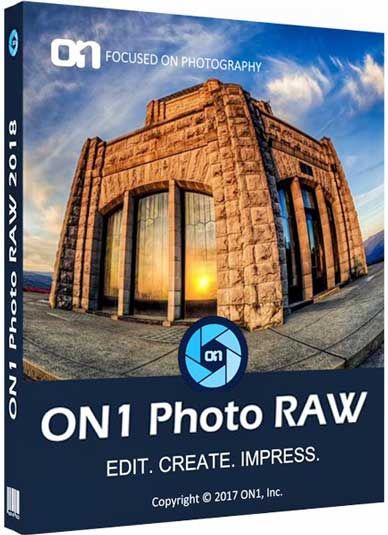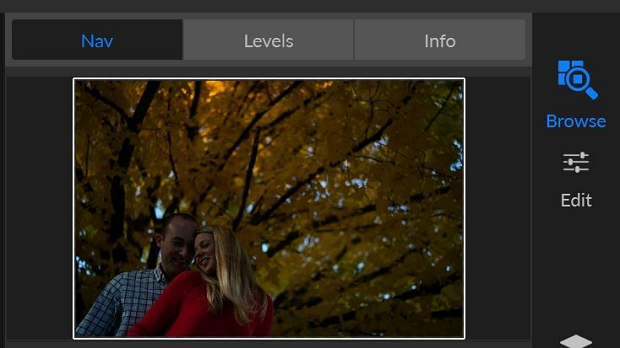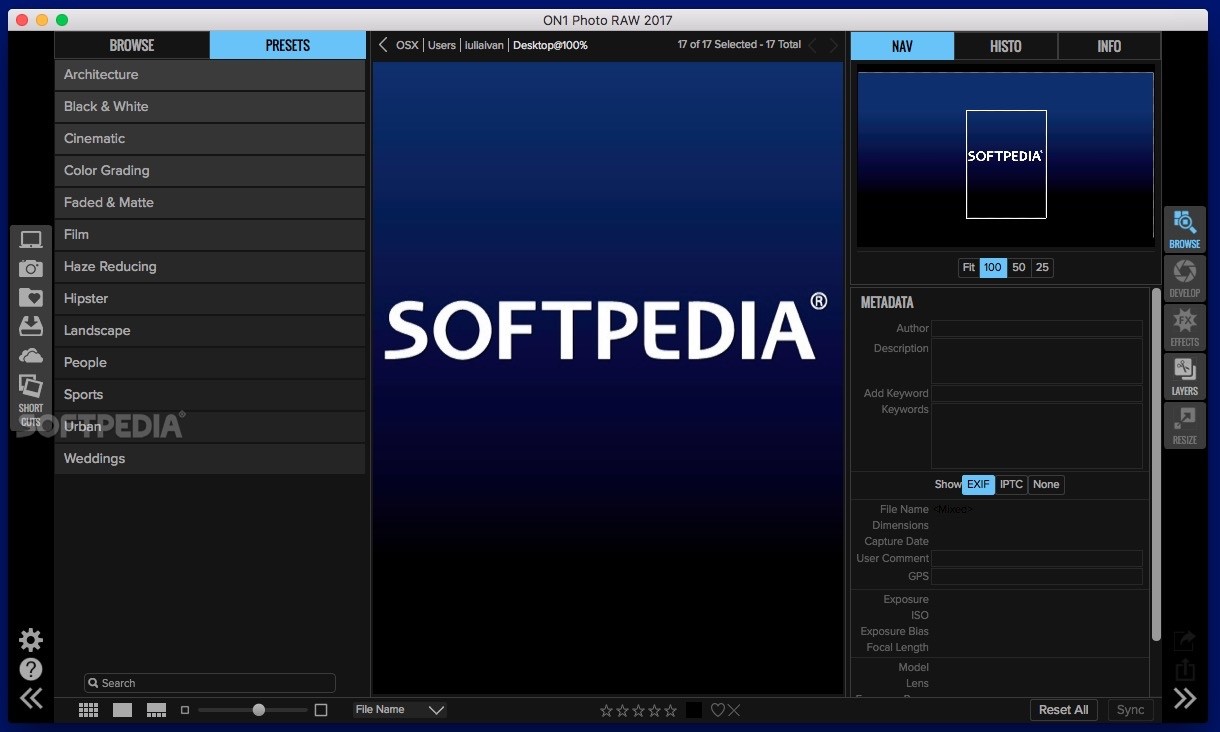

- #On1 photo raw where do layers save to how to#
- #On1 photo raw where do layers save to pro#
- #On1 photo raw where do layers save to software#
- #On1 photo raw where do layers save to license#
- #On1 photo raw where do layers save to free#
The rendering process is fast and efficient. There is nothing more to this process – to select images and merge them takes mere minutes.


#On1 photo raw where do layers save to how to#
How to Focus Stack in Lightroom and Photoshop Best Photoshop Alternatives Best Slideshow Maker If you save and open the actual file, you can see the high-resolution version. When the process is complete, a low-res preview of the image is shown. The quality of combined images looks superb – don’t be fooled by the preview. The program renders images quickly and you are presented with a preview of the finished image in a matter of seconds. Whereas the speed of Photoshop varies, we noticed that process times for Helicon appear consistent. Once you have done the above, the program will combine and render the images automatically.
#On1 photo raw where do layers save to software#
Helicon is considered one of the best focus stacking software programs because it offers a quick and effective process. In addition to this, you can change the smoothing, and radius settings using sliders. Each method merges the images differently and offers varying levels of quality. Helicon uses three different merging methods – weighted average, depth map, and pyramid.

The right pane contains details of source images and the controls for the focus stacking process.Īlthough the basic process is simple, there is a host of advanced controls you can utilize. The central pane contains previews of the source images, and the final composite when it is finished. This program is simple to use and has a no-nonsense approach.
#On1 photo raw where do layers save to pro#
#On1 photo raw where do layers save to license#
Helicon Focus Lifetime License Cost (prices as of 25 August 2020) :
#On1 photo raw where do layers save to free#
You can buy the lifetime license (with free updates) or one-year license: Once you are ready to buy, there are several Helicon Focus price options to choose from. In the below sections, we look at the best focus stacking software including:īest Photo Editing Software for Windows Lightroom vs ON1 Photo Raw vs Affinity Photo Best Tablets for Photo Editing


 0 kommentar(er)
0 kommentar(er)
